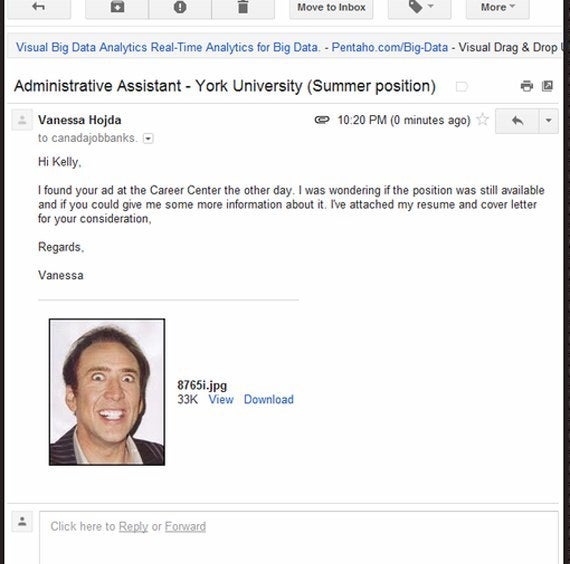
By: Maria Katrien Heslin
There is endless information out there about resumes, and it seems everyone has an opinion: What resumes should look like, what they should feature, what they definitely should not include, their length, their order, their fonts...
The reality is, a great deal of this advice is wrong. It’s usually conveyed by well-meaning individuals who favor old-school principles, focus too narrowly on the practices of one industry, or who completely miss the point of what today’s resume is designed to do.
A resume is designed to get you an interview, not a job. It helps you get a foot in the door, and it’s one of several critical pieces of the job search process. These other elements may include job, industry, career and company research; self-analysis; networking; career fairs; education; soft skill refinement; interviewing; follow-up; and branding via a personal website and social media.
Your resume should be your best friend, not your catty acquaintance who doesn’t exactly have your best interest at heart. It’s not a generic, uninspired confessionary that admits you graduated how long ago?!, that your GPA was mediocre, or that your skills aren’t stellar. Instead, it’s a powerful marketing tool that explains exactly why YOU are THE perfect person for the job.
More specifically, the 2016 resume is tailored to each job for which you apply, and highlights:
- The particular value you will bring to this new position for which you are gunning.
- A brief summary statement capturing your personal brand and unique selling proposition.
- Your precise strengths and measurable ways you have driven results with these skills and talents in past positions.
- Easy ways to connect with you and learn more about your strengths, values and special gifts online.
According to a recent study released by TheLadders, an online job search site, recruiters look at each resume they receive for an average of six seconds. That’s not a lot of time to get across your message, so it’s ultra important to be very clear and concise in what you are about, what your current position is and how well your strengths and experience align (think key words) with the position for which you’re applying.
In terms of looks, unless you are in a field such as academia that continues to embrace a more traditional approach, gone are the days of 12-point serif fonts for everything, centered section titles and paragraphs below each past job.
While you do not want to over-design or get too clever with the look, today’s resume should feature plenty of white space, bullet points and bold headlines. If you are in a more creative field, icons for social media are welcome as are two-column resumes and a carefully used accent color. And of course, typos are never in style and are the fastest way to land your resume in the recycling bin.
Don’t let the new resume rules intimidate or frustrate you. Think of them as a brand new opportunity for you to shine.
―
Maria Katrien Heslin is a Certified Success and Career Coach at Thrive Coaching & Development. Follow her at: @coachthrive; coachthrive.us; @coachthrive; Maria Katrien Heslin.
Ellevate Network is a global women’s network: the essential resource for professional women who create, inspire and lead. Together, we #InvestInWomen.

